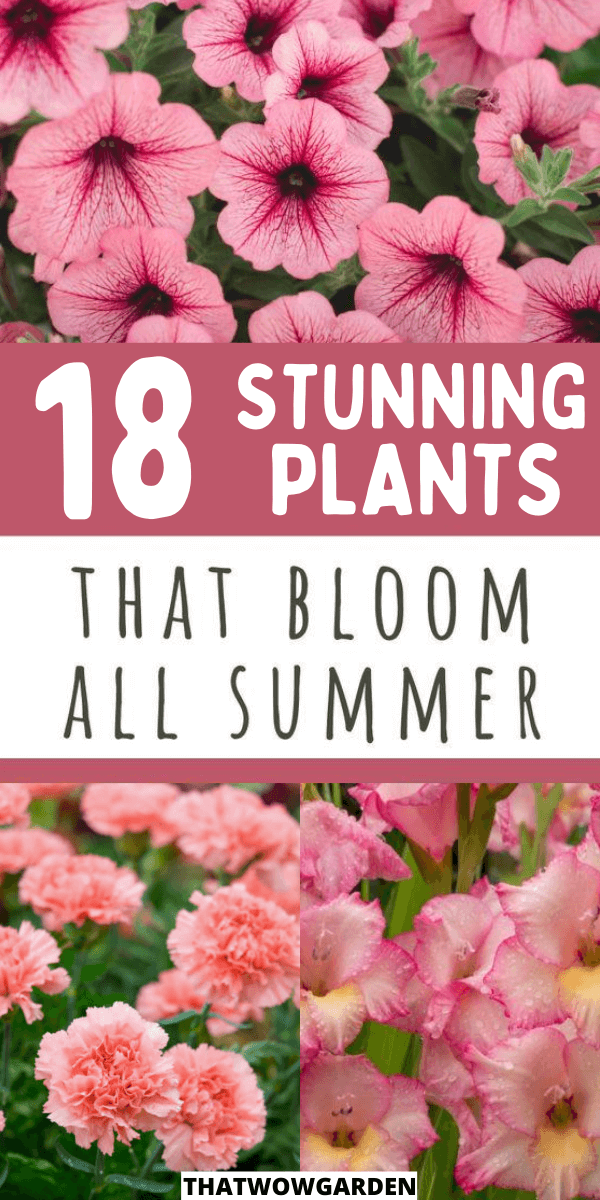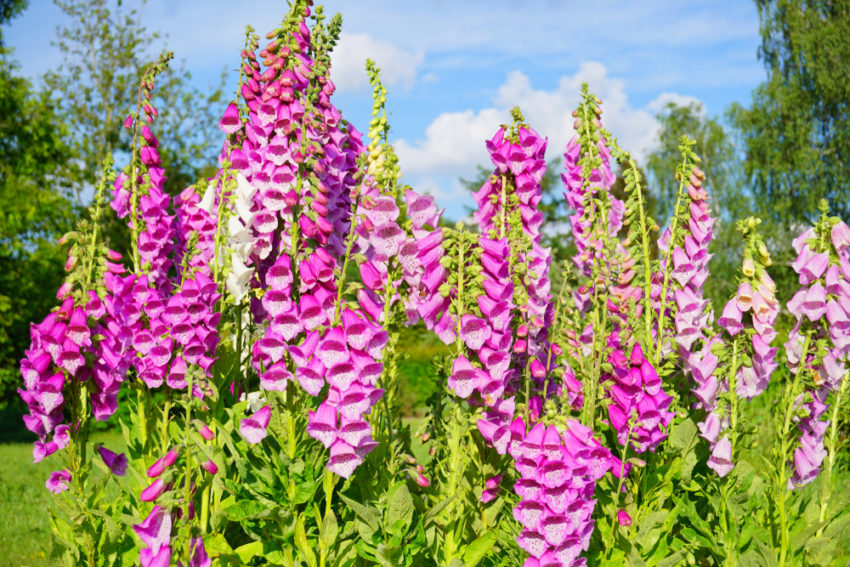Gardening, I find, is predominantly seasonal variation. A good gardener must know how to rotate the plants in his garden, according to season. It is only then that a garden is able to display its many beauties to the fullest advantage.
In keeping with the missive mentioned in the preceding paragraph, I have compiled in this article a list of 18 different plants that are perfect for the summer months. Summer plants are characterized by their ability to withstand high temperatures.
These plants also have an innate property of being able to make the most of the water available for use. Some climes are tropical (their summer months often witness heavy rain), while some others have dry, arid conditions.
Make sure that there is enough water supply, however. Especially during the driest months. Another important factor that largely affects and encourages the steady growth of summer plants is simultaneous weeding. This is sometimes why plants stop blooming mid-summer, owing to the overgrown weeds and dead plants.
1. Black-Eyed Susan
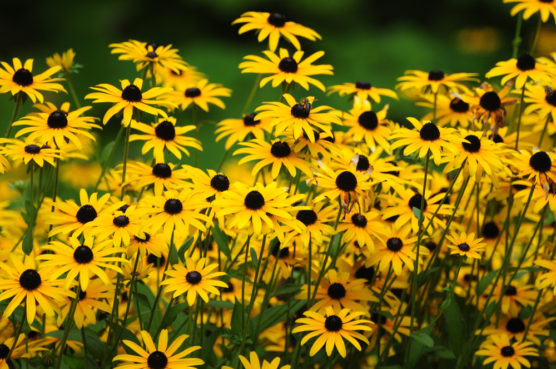
This plant bears flowers that are similar in size and appearance to sunflowers. Easy on the upkeep, these are guaranteed to bloom right into fall. Vivid and colorful, they are naturally resistant to both heat and dry weather.
There are different varieties to choose from, although the two most favored by home gardeners are the standard size and the dwarf variety.
Pro Tip: They need to divide and segregated rotationally 3 or 4 times a year, to stimulate growth and production.
2. Yarrow
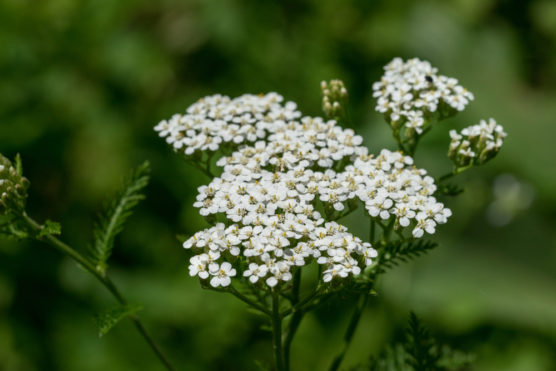
A delicate flowering plant whose looks conceal an inherently sturdy nature, yarrow has white blooms with protuberant pollen stalks.
They do ideally prefer a bit of shade in order to keep from wilting but take remarkably well to sunlight. Additionally, they have a good flowering span- and can easily cover the entirety of the summer months.
Pro Tip: A prerequisite for yarrow to flourish is well-drained soil. Overwatering may lead to rotting.
3. Carnations
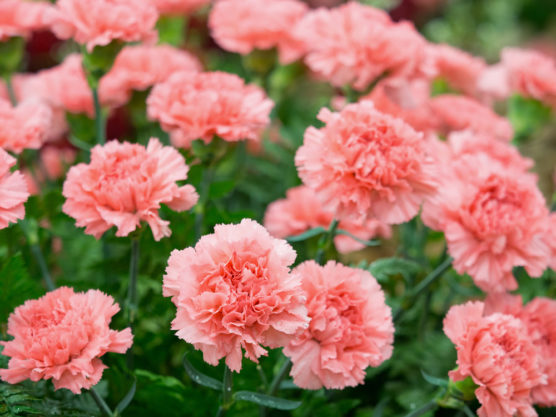
Summer plants through and through, carnations are grown in many vibrant colors and come in many different varieties.
Carnations have a typically shorter shelf life and are at their strongest for 3 to 4 years. It is advisable to divide them up once the vibrance starts to dwindle or a clump dies. They like the sun and require between 5 to 6 hours of full sun each day to grow at an optimum pace.
Well-drained rich soil is another factor that must be taken into consideration whilst growing carnations. The use of organic fertilizer is recommended.
Carnations have different growth rates for different varieties- some specimens can grow up to 24 inches, while some only reach a maximum height of 9 inches.
4. Hibiscus
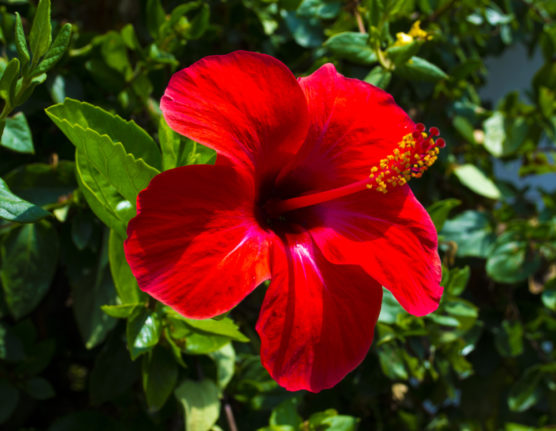
Trumpet-shaped flowers most commonly found in shades of red, pink, and orange, hibiscus loves the sun! It also has aggressive water and fertilizer needs, especially during the blooming phase.
Both hardy and tropical hibiscus varieties are grown from cuttings- it is the preferred way, owing to the guarantee that a plant grown from a cutting will grow to be an exact copy of the parent plant. This practice helps eliminate the possibility of genetic diseases or mutations.
They need around 6 hours of sunlight every day. Exposure to the sun causes the flowers to have deeper, richer hues.
5. Gladiolus (Gladioli)
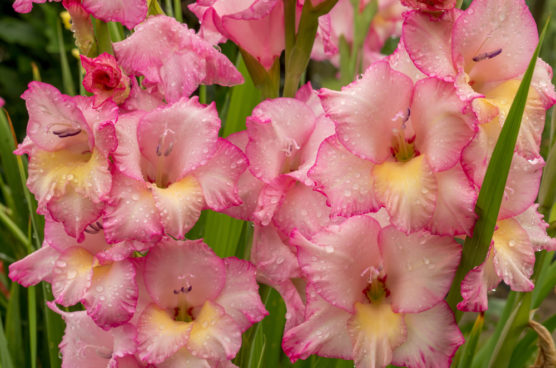
Gladiolus is a popular summer flower, characterized by a delicate scent and off-white petals. As with most of the other plants on the list so far, gladiolus is no exception to requiring both well-drained soil and adequate water. Generous exposure to sunlight is recommended, although this variety does not do too badly in the partial shade either.
It is advisable to plant them in late spring, as soon as the soil has warmed up. A 2-inch layer of compost layered on the sown seeds is a technique adopted by many gladiolus growers.
Pro Tip: Gladiolus is susceptible to strong winds, and it is probably wise to establish the plant in a corner well protected from strong draughts.
6. Foxglove
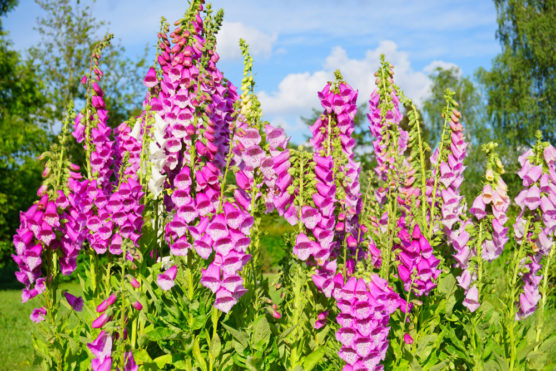
Foxgloves are striking plants- they have pink tubular flowers speckled with black and can grow up to six feet tall.
Foxglove thrives in the sun( although some shade is always welcome). For hotter climes, afternoon sun proves more beneficial, i.e, when the intensity of the light has begun to wane a little. The hotter the sun, the higher the need for partial shade.
Surprisingly easy to grow, foxglove grows as would a wildflower or a weed- with minimal upkeep. When dealing with the common foxglove ( Digitalis purpurea), the easiest way to ensure propagation is to tap it gently to stir it up. The scattering happens as a part of the natural process.
Seedlings emerge in a matter of two to three weeks.
7. Begonia
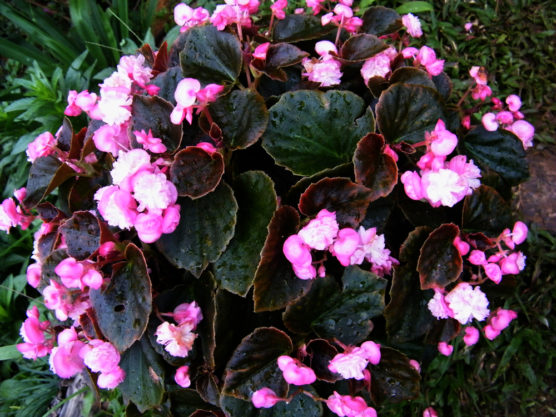
Possibly one of the most versatile flowering plants there is, begonias come in countless varieties- each with different combinations of colors, shapes, and sizes.
The cuttings or saplings should ideally be sown six to eight inches apart, to make sure there is enough space for the plant to grow without feeling cloistered. Begonias like moist soil( they have a natural affinity toward the water). Care must be taken to ensure that the soil in which the roots form does not become soggy.
8. Amarnath
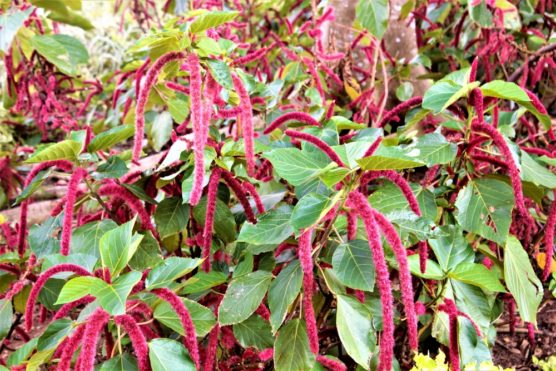
Explicitly a summer plant, Amarnath shirks from the slightest suggestion of shade or moisture( too much of it).
They grow in full sun and require at least six hours of it every day. They are available and can be grown in different varieties- the dwarf variety has been shown to grow up to eighteen inches while the larger specimens can reach up to a maximum of even six feet.
The flowers are distinctive and resemble alpine pine cones- except they are fuzzy and brightly colored. The colors include red, purple, golden and orange.
9. Canna Lilies
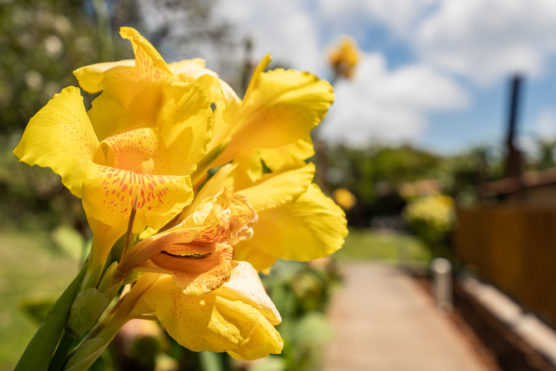
A sub-category of the Lily family, canna lilies have flowers that resemble in shape and bearing a trademark white lily but differ in color. Canna lilies are generally bright-hued and are found in shades of orange and yellow. They have lush accompanying foliage- broad leaves with scarlet edges.
It is advisable to plant canna lilies early in the springtime, to give them enough time to really establish a strong foundation of roots. In addition, this leads to more intense blooming patterns.
Perennials in warmer weather, canna lilies can be grown and cultivated as annuals in cooler climes.
10. Lily of the Nile
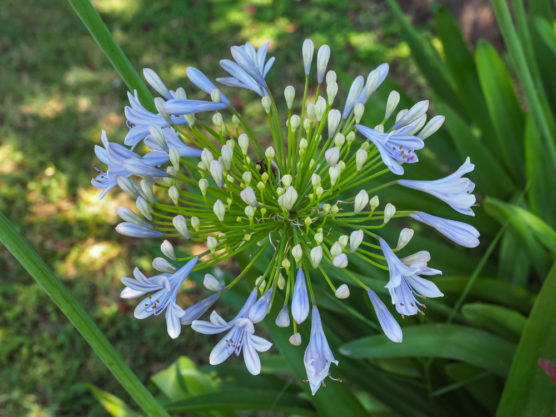
Tall stalks, topped with flowers that are a deep, periwinkle blue. No better flower to break the monotony of summer, is there?
The blue lily or African lily is a summer plant and gravitates towards the sun. It thrives in warmer areas and is also a great contender for container gardening. Although sometimes in requirement of some welcome shade( when the weather gets dry), be rest assured that this flowering plant shall bloom in its full glory under the hot sun.
The blue lily needs one thing most of all; dryness needs to be kept at bay. It needs frequent watering, as much as twice a day.
11. Wheat Celosia
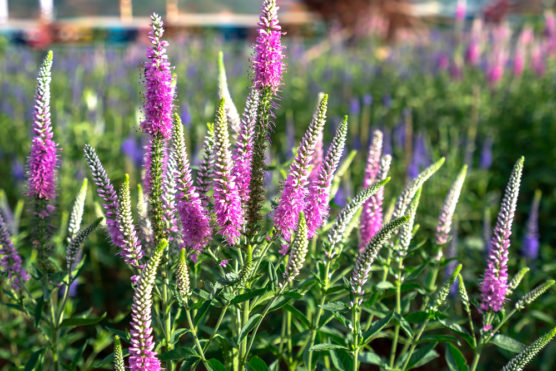
A flowering plant whose blooms greatly resemble the grain, wheat celosia can be grown in shades of red, orange, pink, and purple.
It can be easily grown by using stem cuttings. The root easily, with the process taking less than a month in optimum conditions. They bloom for around 10 weeks and show signs of wilting with the commencement of the first frost. Avoid shade, for this plant flourishes best when provided with unrestricted access to the sun.
Added bonus? Wheat celosia can be cut and dried and used for beautiful flower arrangements indoors.
12. California Poppy
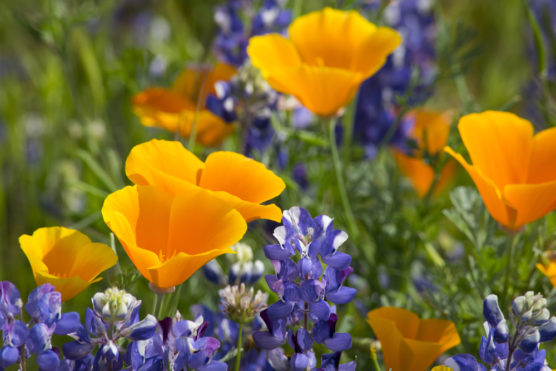
The California Poppy is a true summer plant and is characterized by cone-shaped flowers in a distinctive shade of yellow-orange. Other commonly found colors include red, pink, and subtle cream.
It is a full-sun plant, which entails that a minimum of 6 hours of sunlight is imperative, every day. It is also a perennial. The easiest and most efficient way of growing a California poppy in your backyard is if sown directly[ it does not take well to transplanting].
Wet soil must be avoided at all costs, the plant tends to rot when in the presence of excessive moisture. In addition, California poppies must be reared in carefully compiled soil that is not too rich.
Deadheading the flowers frequently is recommended. This ensures that the blooming period lasts for the entirety of summer.
13. Moss Rose
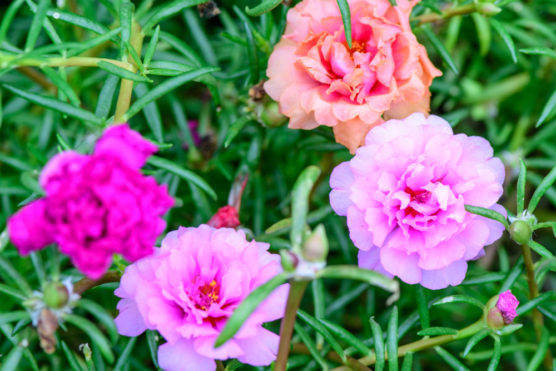
A delicate perennial that grows to a maximum height of only about 7-8 inches, the moss rose is a great choice for smaller backyards or herbaceous borders. It is a full-sun flowering plant and requires a few hours of sun every day.
The moss rose does not do too well in conditions of high humidity, it has a pronounced preference for drier climes.
It can be grown from seed and takes between 4-6 weeks to grow into saplings, The blooming season is marked by the first weeks of May.
Common colors include pink, purple, salmon, and orange. The flowers have overlapping petals, that form several rounds.
14. Petunia
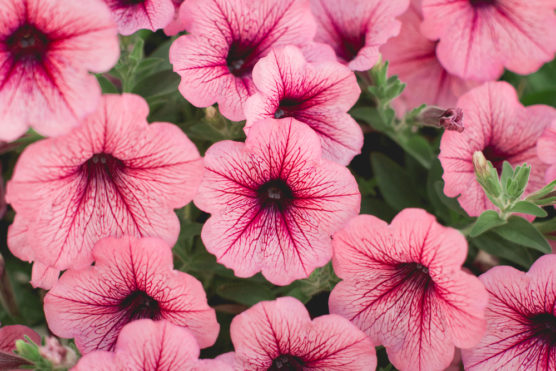
Another summer plant that is quite diverse in terms of available options, petunias are a rather sturdy specimen notwithstanding the delicate appearance and coloring. They are grown in many different hues- ranging from white, pink, and purple to interesting combinations of all three that also exhibit ombre shading.
This is an ideal flowering plant for hot, dry climates. Regions that receive higher than normal precipitation should be steered clear of.
Deadheading is recommended for continuous bloom throughout the summer months.
Petunia plants can reach different levels of height, depending on both the chosen variety and environmental factors. The range has been approximately specified to be between 6 and 24 inches.
15. Common Zinnia
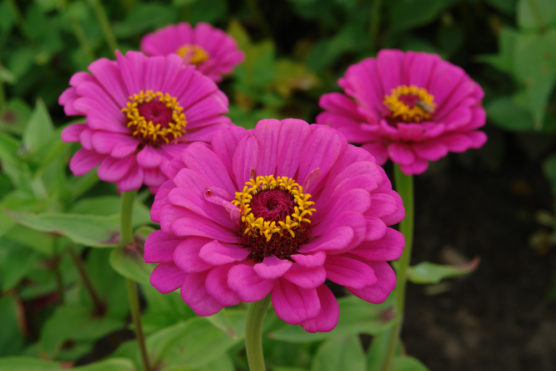
A staple in every pollinator garden, the common zinnia is an easy shrub to plant and grow. The flowers are many-petaled spherical structures and are commonly found in every shade in the spectrum with the sole exception of blue.
The common zinnia is a full-sun flowering plant, ideal for herbaceous borders and backyard containers.
The growth rate of the plant varies with respect to changing conditions- some varieties grow up to only 4 inches, while others can reach over 4 feet.
16. Astilbe
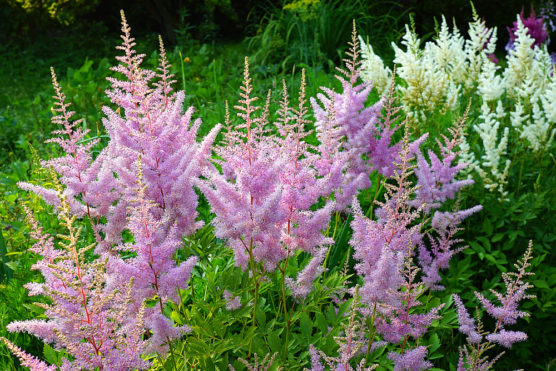
A summer plant, and a lover of shade. An oxymoron, you might think at first glance, but not quite. Because even though the astilbe blooms only in summer months, it grows best in partial shade.
As someone who loves pink flowers in a shade reminiscent of cherry blossoms, astilbe is as if an answer to a prayer. It can be grown in the confines of one’s own garden. The furry plumes last until early autumn.
Pro Tip: Pair Astilbe with ferns.
17. Marigold
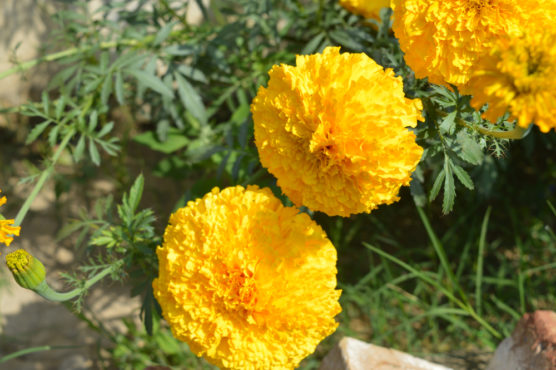
Think red, yellow, orange, even cream blooms- vibrant, loud flowers with a bold, sharp smell. Such is the marigold, undoubtedly the reigning queen of summer gardens. The flowers that do not wilt under the hottest sun, that can withstand rain or hail, that remains unshaken by hot summer winds.
Primarily grown as companion plants( they facilitate pollination), marigolds are known to outlast the summer.
18. Hydrangeas
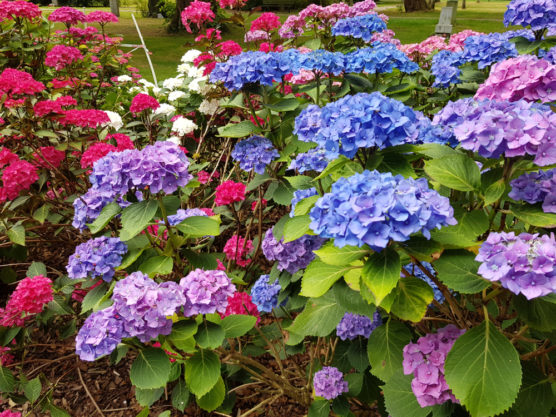
Last but not the least, we arrive at Hydrangeas. A personal favorite, even though hydrangeas do need more than the usual amount of upkeep one might want to allot to a single specimen.
Hydrangeas have big mophead flowers, surprisingly weightless despite the size. They are grown and cultivated in a myriad of shades, the Blue Enchantress variety being, arguably, the most enchanting.
In the eventuality that one wants blue flowers, acidic soil is recommended. Alkaline soil produces pink flowers. A reverse litmus test of sorts.
Hydrangeas fade into a cream hue in early autumn.
Gardening is no feat, especially when it comes to picking out the right plants as per season. But with a little surfing on the net and the right article to aid you in the process of selection, I would say that you, the reader( and hopefully the gardener) are good to go!
